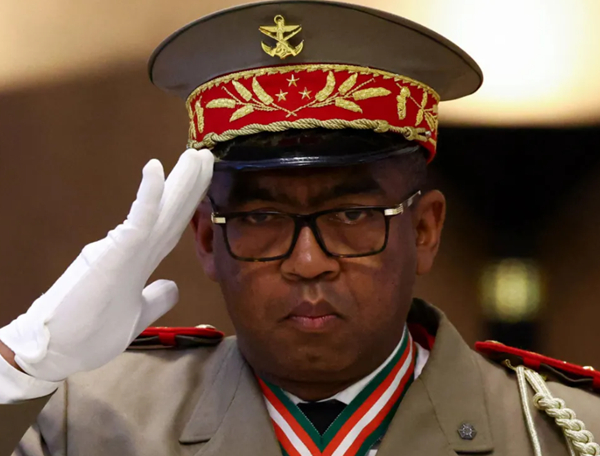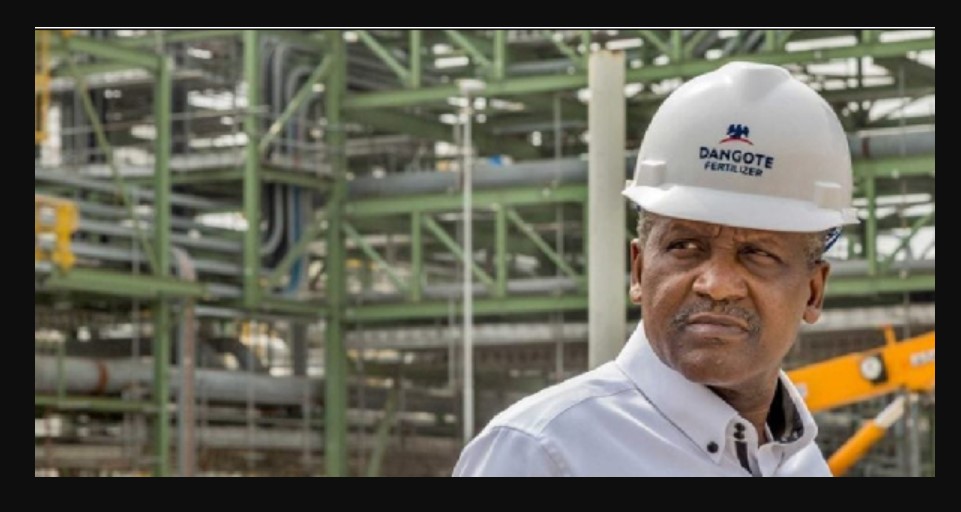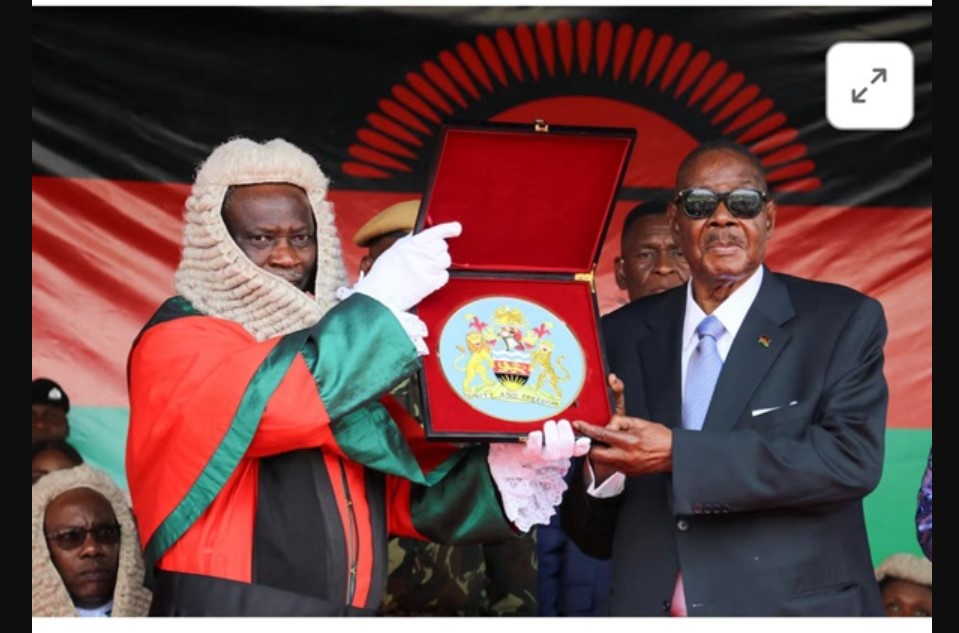
Europe’s Strategic Failure in the Ukraine War What Went Wrong
Europe’s Strategic Failure in the Ukraine War: What Went Wrong
Europe Ukraine war – Ukraine conflict – European strategy failure – THERE IS ONLY ONE question that the seven European politicians who met U.S. President Donald Trump on 18 August should answer to. Why, in 42 months of conflict, did they not do what Trump has done in Alaska on 15 August? Why did they never meet with Russian President Vladimir Putin to put an end to the war in Ukraine?
My bet is that these clueless bureaucrats don’t really know why. Their politics have not been able to prevent or stop desperation and destruction.
In their defence, commentators observe that they have been left like powerless little piggies in the middle of three much bigger players: a bully ally (former U.S. President Joe Biden’s USA that inflamed the conflict and Trump’s USA that now treats them like irrelevant morons), an obsolescent military organisation that was revamped by the conflict (NATO), and a gigantic neighbour run by a dictator who had nothing better to do than plunge the continent back into its worst past (Putin’s Russia).
While it is true that in 2022 the European Union (EU) and its member states, void of a credible political (and military) voice, had to face a dramatic crisis decided by others, the strategic choices that they made to counter that crisis have proved catastrophic.
The first of those choices was the adoption of 18 packages of economic sanctions against Russia, to date. The logic behind this choice was to weaken the aggressor and isolate it from the rest of the world. Today, Russia not only has proven unbeatable on the field, but it remains a strong global economy. Europe, on the other hand, has lost economic and political weight, by turning its back to a key economic partnership and becoming dependent on US expensive and polluting gas imports.
Support to the victim of the aggression, Ukraine, came through financial aid (100 billion euros) and the transfer of military capability (60 billion euros). This has not generated the much-flaunted and dreamed goal of full military victory against Russia. Instead, while Ukrainians continue to struggle in an impossible battle on the field, European support to the fight has aggravated the military position of the continent, which is now leading a dangerous global rise in military expenditure and rearmament to restock its arsenals and boost its depressed economy.
Diplomatic avenues have been repeatedly ignored since the sabotage of the Istanbul talks of April 2022. Other attempts to approach the enemy to initiate dialogue were promptly greeted with the faulty historical analogy that describes Putin as today’s Hitler.
The message is that Russia is preparing an invasion of the continent beyond Ukraine. That is, the biggest country in the world, scarcely populated and rich in natural resources, would engage in a battle with twenty-some other countries, allied with the world’s biggest nuclear power, to annexe more land, poor in resources and densely populated.
The idea of a future war serves two purposes. It fulfils revenge desires of a political class that equates modern-day Russia to the Soviet Union (see, among others, Estonia’s Kaja Kallas and Lithuania’s Andrius Kubilius). It also allows the continent to overcome one of history’s biggest hurdles: the rearmament of Germany.
Europe’s largest nation in recent years has shown the worst of its power politics through economic statecraft. That economic giant is now facing its worst recession since 1945 because of the illogical strategic choices of the past three years. Reconverting a moribund car industry, that has failed to keep pace with the times and innovate its products, into a military industry is the last resort for a nation that is already witnessing the rise of old nationalistic stances.
What are the outcomes of this failed strategy? A regional conflict has turned into the biggest threat to global peace and security since the end of the Cold War. Ukraine is a destroyed country, in the hands of a corrupt oligarchy, where 70 per cent of the population want an immediate end to the war, and seven million left despite the common wisdom of the fighting nation.
A whole continent has abandoned the path of collaboration and dialogue that freed the resources to generate decades of prosperity, to elect war as its future mission. The suppression of European geopolitical autonomy and the transformation of Europe into an American affluent satellite.
Finally, the humiliation of seven leaders summoned by their master to accept reality (his reality) against their professed belligerent intentions. In one sentence, the strategy failed because the war is lost, a simple fact that European leaders cannot admit.
The names of Ursula Von der Leyen, Emmanuel Macron, Mark Rutte, Alexander Stubb, Giorgia Meloni, Friedrich Merz and Keir Starmer might be briefly mentioned in history books one day as an example of the worst effects of political insipidness and subservience. The time has come to talk peace and slow down with war preparation. In other words, it is time for politics to regain centre stage after decades of economic rule.
What is worrying is that this is finally happening under the drive of anti-democratic oligarchs like Trump and Putin, against the whims of the leaders of some of the most advanced democracies. Those leaders, those seven dwarves who were in Washington on 18 August to accompany the president of a destroyed Ukraine, are liable for this democratic debacle, and there is no logical explanation why they did it.







